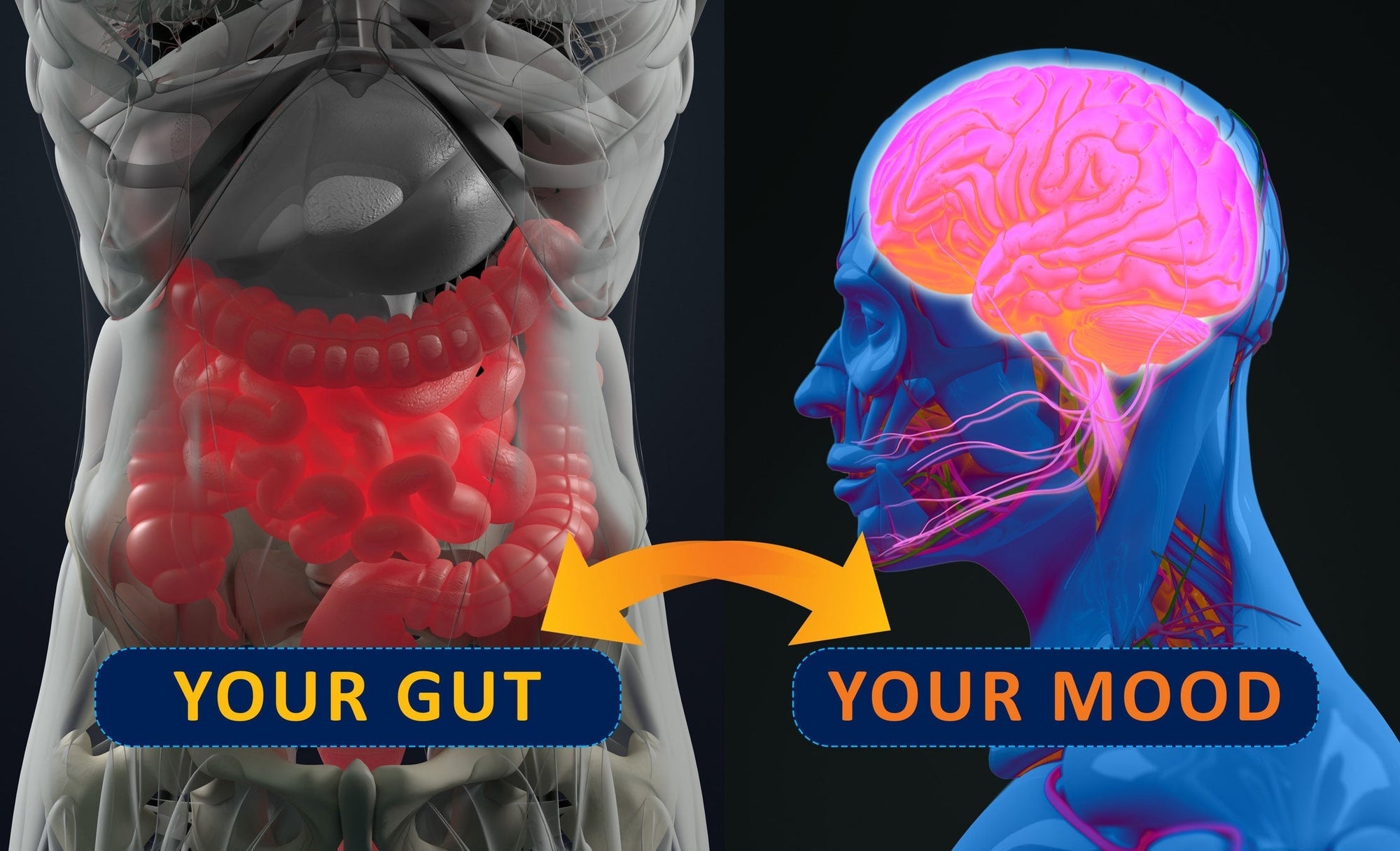Introduction
Acute injuries lead to acute pain, which usually heals up within 3 to 6 months. But what if the pain persists? Then what? Is there a remedy for chronic pain? In this series of blogs on chronic pain we will cover fascia release, Dr. Hal Blatman’s work on successfully relieving pain, and bring you some cases of how the Hallelujah Diet has helped real people like you resolve chronic pain.
Maybe Dr. Blatman is right. Maybe pain isn’t what we have been taught after all. What if it really comes down to disturbances in the fascia (the what?) and knots in the fascia that actually cause pain. But before we get to what Dr. Blatman has to say about pain, we need to cover some basics.
What is Fascia?
Fascia is a connective tissue that surrounds and supports every muscle, bone, organ, and nerve in your body. It is a complete, connected network running from the bottom on your foot (plantar fascia) up to your forehead. One piece, all connected. Think of it as a three-dimensional scaffolding—made mostly of collagen—that keeps everything in place while allowing movement. And this scaffolding is not just passive. It can expand and contract on its own. It is responsive to touch. It is full of nerve endings, mostly free nerve endings without myelin sheath, that mostly respond to pressure and tension. It’s not just a passive wrapper; it’s dynamic and responsive. It is that white, connective tissue that holds our organs and tissues in place. Often it has been ignored, discarded in surgery, or denigrated as being unimportant.
What is the Role of Fascia?
Fascia does more than hold you together. It transmits force between muscles, maintains posture, and aids in smooth movement. As mentioned above, it is entirely connected from head to toe, and its nerves connect your brain to your body and peripheral surroundings. This is how your brain knows where your body is in 3-dimensional space. Your fascia does all of this. It’s like an internal communication network—when you stretch or contract a muscle, fascia helps distribute the load. A review published in the Journal of Anatomy highlights fascia’s role in proprioception, or your body’s sense of position and covers a lot of other details for the reader who wants to dig deeper into the structure and function of fascia.
What is Myofascial Pain?
Myofascial pain arises when fascia becomes tight, stiff, or stuck, often forming “trigger points”—knots that hurt when pressed and can refer pain elsewhere. Unlike muscle soreness, this pain feels deep and persistent. An article in the Journal of Musculoskeletal Pain notes it’s a common but underdiagnosed issue, affecting up to 85% of people with chronic pain. People with chronic fatigue syndrome and fibromyalgia are very familiar with trigger point pain. In fact, trigger point pain is built into the diagnosis of fibromyalgia.
What Happens to Fascia as We Age?
Aging in the leading risk factor of all chronic diseases. Aging doesn’t spare fascia either. Over time, it loses elasticity and hydration, becoming stiffer and less pliable. Collagen production slows, and years of repetitive motion or inactivity take a toll. But aging isn’t the only culprit—old injuries that never fully healed, poor posture, and even stress can disrupt fascia.
How is Fascia Related to Pain?
When fascia tightens, it compresses nerves and restricts blood flow, amplifying discomfort. Trigger points can form after injury or overuse, sending pain signals far from their source. For example, tight fascia in your shoulder might cause headaches. As Dr. Blatman has stated many times, your headache is not due to pain in your head. It is referred pain from a tenderpoint in the fascia in your shoulder.
How Can I Know if Fascia is at the Root of My Pain?
Pinpointing fascial pain isn’t always straightforward—it mimics other issues like arthritis or nerve damage. Signs include deep, achy pain that worsens with movement, stiffness after sitting, or tender spots that radiate when pressed. But an experienced practitioner can touch your tenderpoint, and even push out the fibrils of fascia to work the knot out and reduce pain significantly. So, you can know right away if the knot in your fascia is causing your pain.
Why Release Fascia?
Releasing fascia restores its flexibility, reduces nerve pressure, and boosts circulation. Your fascia should be stretched out like a net, without knots or bunches in it. And it’s not just about pain relief—it can improve mobility and prevent future issues. One 2019 study appearing in the Journal of Strength and Conditioning Research shows that roller massage and static stretching together resulted in greater knee and hip flexion and range of motion than just static stretching alone.
How Can I “Release” Fascia to Make Pain Stop?
You’ve got options, from DIY to professional help:
- Self-Myofascial Release (SMR): Use a foam roller or massage ball on tight spots. Roll slowly, hold on tender areas for 30-60 seconds, and breathe deeply. It looks like there are lots of YouTube videos on ideas of how to do this well.
- Manual Therapy: A trained therapist can use myofascial release techniques to break up adhesions. Some therapists are better at it, and better trained than others, so you might have to try a couple of different therapists to find one that can really help you. Ask your friends and read reviews about different therapists to get an idea of where to start. Dr. Blatman has treated over 15,000 patients and his patients get almost all of their pain released. Nothing is quite 100%, but his type of release works well for most people.
- Nutrition and Movement: Fascia responds negatively to inflammation. So, an anti-inflammatory diet, like the Hallelujah Diet, will serve you will in being able to stay pain free. Start with simple exercise, like walking, if you aren’t used to much physical activity. Your body will respond accordingly.
Conclusion: Next Steps for Relief
Self-healing is built into our bodies. When we give them what they need they respond well and heal. Chronic pain can be released. Myofascial pain needs to be removed with touch, massage, and release. Some you can do on your own, and if you can’t figure it all out, there are practitioners who can help. Don’t give up and just live with your chronic pain.








1 comment
Louvenia Williams
Very helpful in understanding m pain and how to find relief.
Thank you,
Very helpful in understanding m pain and how to find relief.
Thank you,